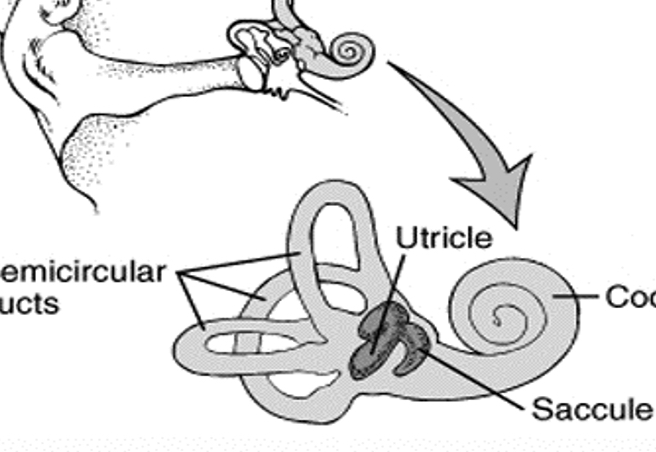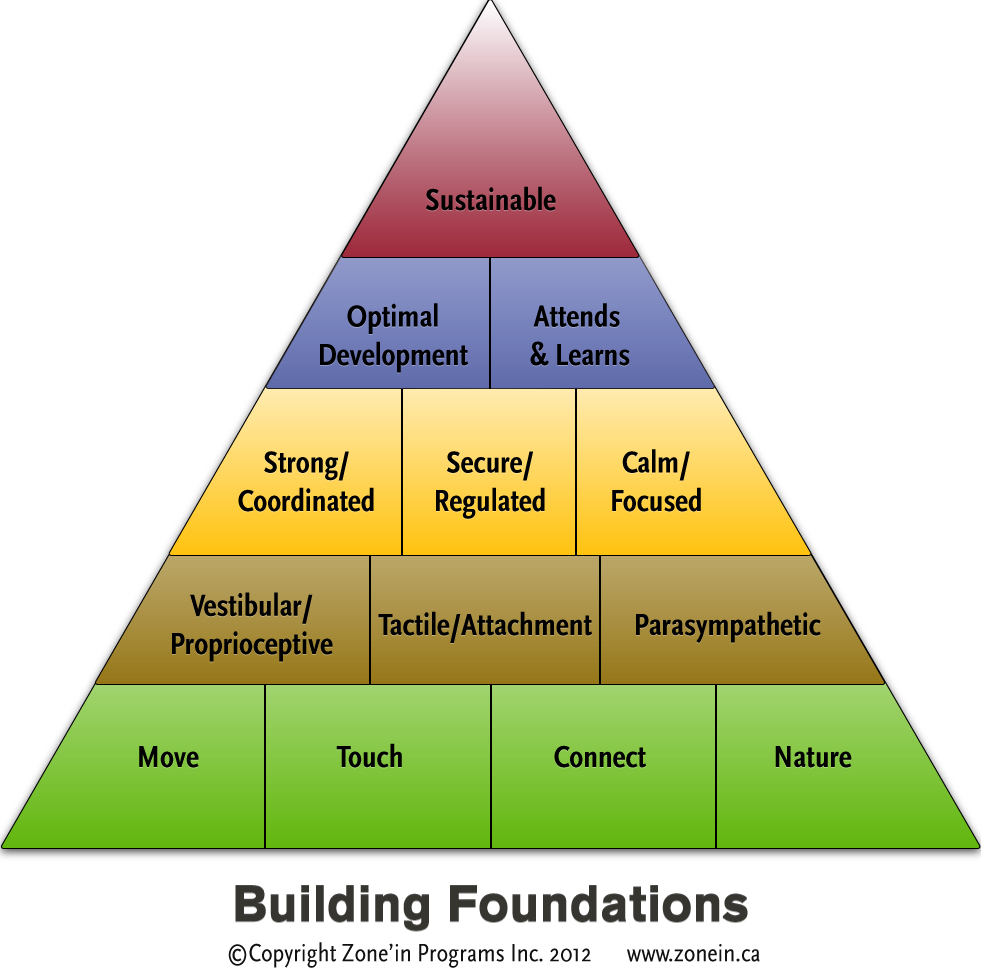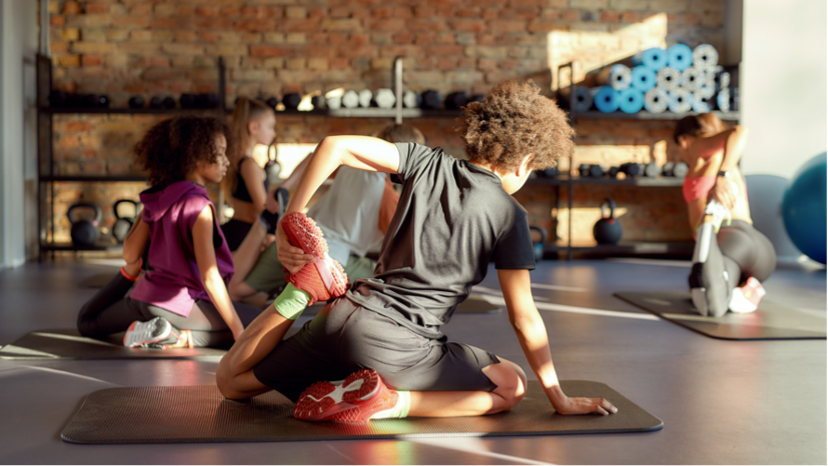Teachers teach, screens entertain. It’s that simple. Promises made by edtech to schools were 3-fold: individualized learning, improved student engagement and cost effectiveness. Edtech not only failed on all 3 counts, but they also caused irreparable damage to children’s ability to pay attention and learn, as well as to their physical, social, emotional and mental health. Along with edtech’s unchecked infiltration into the schools came unrestricted cell phones, data harvesting and privacy infringement. Sedentary, overstimulated, isolated and neglected, 21st century students floundered. Schools are knowingly using an addictive substance with children which actively harms them, all under the guise of ‘learning’. Shouldn’t these complicit acts by educational institutions and edtech be considered forms of child neglect and abuse? Shouldn’t students and teachers be compensated by edtech for damage incurred? This article will review the current research on detrimental impact of screen overuse on child health and academic outcomes and profile foundations for literacy and learning. An action plan is proposed to lead schools back to healthy education, ensuring all children receive what they need for optimizing growth and academic success.
The onslaught of screens in homes and schools has resulted in significant negative outcomes for students, teachers and parents indicating the need to push the ‘pause tech’ button for reflection and planning. Students are sedentary and unfit resulting in 1 in 3 developmentally delayed and 1 in 3 obese or overweight. Screens are overstimulating to eyes, heart and brain causing visual impairment, cardiovascular damage, impaired brain development and attention deficit. Screen use is isolating students from what they yearn for the most, human love and connection resulting in soaring rates of anxiety, depression, and suicide. Screen overuse by parents and teachers is causing a ‘disconnect’ with children resulting in a host of emotional, mental, and social disorders. Children and youth have never been sicker than they are now and the time to act has passed. At this point in time, ALL screen use should be considered detrimental to child development, behavior and learning. A U.S. 2021 study reported that setting and monitoring screen time limits, discussing impacts of screen use, taking frequent breaks, incorporating movement throughout the day, encouraging adults to practice healthy screen use and tapering screen use are effective measures to reduce harmful effects of screentime on children and youth. A Canadian 2022 research article proposes evidence-based recommendations for school-related sedentary behaviours for children and youth recommending replacing sedentary learning activities with non-screen-based learning activities to support student health and wellbeing. These 2 studies mandate schools form not only technology management policy to address declines in student health and wellbeing, but also enact media literacy programs.
While the pandemic is over and the edtech experiment has failed, and despite above research showing physical, social, emotional, mental and cognitive harm to students, schools are still investing heavily in devices and apps that are not evidence based and simply don’t work.

Teaching and learning are both hard work, and there are no short cuts or easy ways around that fact. Learning is hierarchical and assumption that screens can teach foundational concepts for printing, reading, math and physical literacy is wrong and does not respect the basics of child brain and body developmental theory. Consequently, using screens early on in education results in students missing out on the foundations for literacy and learning. This lack of foundational skills will limit them in every area of higher-level learning.
Foundations for printing, reading, math and physical literacy are three-dimensional and are best activated in outdoor learning environments. Nature provides endless opportunities for stimulation of multiple systems to optimize attention, learning and eventual literacy. Foundations for literacy require activation and integration of 3 separate systems for enhancing child brain and body development which include spatial, motor (movement) and cognition. These 3 systems work together to enhance child development and literacy achievement, and consequently cannot be activated on two-dimensional, fixed distance screens; this fact precludes attainment of literacy using ANY form of computers.
- Spatial System: the spatial system is needed for achievement of foundational components for printing, reading, math and physical literacy. Activation of the spatial system for literacy attainment is best achieved in outdoor play due to nature environments offer rich, complex and multidimensional stimulation to brain/body for optimizing developing visual and motor systems. Think of a child throwing a ball outside. Children need to first focus their eyes far/near and then activate ocular muscles for visual location, fixation and perception. Children then pair their visual and motor systems (visual motor) to determine direction, distance and force needed to throw the ball to target. Prior to executing this task, the brain’s mirror neurons are activated to ‘map out’ the required motor movement (motor planning) which is integral for task execution. The brain’s visual memory system is activated to analyze, refine and record success of throwing the ball for future replication of this task (motor memory). Spatial systems cannot be activated on two-dimensional, fixed distance screens.
- Motor System: the motor (muscle) system has two components which contribute to attainment of printing, reading, math and physical literacy, the vestibular and the proprioceptive systems. Activation of these two systems promotes development of a child’s core strength and stability which is a precursor to development of motor coordination e.g. muscles ‘talking’ to each other. Attainment of foundations for literacy requires motor coordination of the following 4 components: eye to eye, eye to hand, left side to right and upper body to lower. Activation of the motor system is also best achieved in outdoor play due to improved opportunities for extremes of movement patterns e.g. frequency, duration and intensity. Kids play more frequently, for longer durations and play harder when outside vs. inside classroom or gym. Think of the 6 muscles in each eye as a child is hanging upside down while swinging back and forth. The ocular muscles (which also talk to the vestibular system) move through big arcs of movement, focusing far and near, as opposed to small arc movements at fixed distance while playing video games. This is why children who stand on wobble boards while printing or reading improve significantly in quality and quantity of output as core is activated and motor coordination is improved. Children even speak more clearly when swinging or on a wobble board. Sedentary bodies often are developmentally delayed and never develop core stability and consequently have great difficulty coordinating eye to eye for reading, eye to hand for printing/typing, spatial abilities for math and physical competence for participation in sports. Core stability/strength and motor coordination cannot be activated on two-dimensional, fixed distance screens.

A. The vestibular system consists of two apparatuses, one on each side of the brain, and is often referenced as the “inner ear” as they are an extension of the cochlea. Each vestibular apparatus has 3 semi-circular canals with fluid which ‘swishes’ with different types of movement e.g. up/down, side to side, front to back, and circular spinning.
The job of the vestibular system is to bring the body back to centre to strengthen and stabilize core. Think of a child on a high swing. As the swing moves forward, the gravitational forces ‘pull’ the child back, so the vestibular system sends a message to neck and trunk muscles on the front of the child to contract to keep them from falling off the swing. Same in reverse, but muscles on the back are activated. Think of a child on a merry-go-round, or a high slide…big core builders, yet these devices are a rarity. As children develop from their centre outward, any movement ‘off centre’ strengthens and stabilizes the child’s core, which is integral for the development of motor coordination.
B. The proprioceptive system is located in the child’s joints and muscles and is activated with any sustained, isometric muscle co-contraction referenced as ‘heavy work’ e.g. push/pull/lift/carry. The proprioceptive system refines movement patterns needed for printing quality and quantity, as well as for reading and sports activities.

Why children need to learn to print.
Teaching printing is similar to teaching any ‘motor sport’ as it requires a stable core and coordinated motor units which are best achieved through activation of large first and then small muscles. Getting kids standing at chalk board with colored chalk replicating BIG letter production over and over (rainbow writing), while also teaching spatial concepts of up/down, left/right, under/over etc. and phonetics for an hour a day is required to achieve grade level printing literacy.
Children who do not receive adequate instruction and repetition, will never know how to make their letters and numbers subconsciously which is necessary for increasing speed of printing output. When children consciously have to think about where to start, which way to go, when to turn, when to stop, this laborious process derails their brains from thinking about spelling, sentence production etc. If kids can’t subconsciously print by grade 3, they go off the rails and refuse to do anything with a pencil saying ”this is stupid” or “this is boring” when they are really thinking is “I hate printing”.
Just like teaching children to kick or throw a ball, children need adequate instruction to break down the act of printing into component parts with loads of repetition, or the child will struggle significantly every time they pick up a pencil. When I do teacher workshops I ask everyone to print or cursive their name (try this now), then I ask them to do same mirror image backward (try this now). I give them a few minutes and refuse to answer any questions, then I ask how they feel about me. I hear “pissed”, “didn’t know what to do”, “you gave us minimal instruction and expected us to do task” etc. Then I drop the bomb and say that’s exactly how their students feel EVERYTIME they pick up a pencil/pen. If were still doing it (kids still print most of their assignments), we better be teaching it!
Handing students a sheet with dot to dot letters only teaches visual motor coordination, but not motor planning which is subconsciously knowing how to make the letters the same way every time. Pencil on paper or chalk on chalk board creates drag and slows down the motor act of printing, thus producing improved output quality. While there are many booklet type programs for teaching printing, a return to strategy-based, research evidenced, whole-body instruction for teaching printing is long overdue. Teachers used MacLean’s Method 25 years ago and then MOE took it off curriculum requirements…BAD IDEA.
3. Cognitive System: the cognitive system is located in the frontal cortex which controls executive functions such as memory, attention, concentration, judgement, critical thinking and impulse control, all of which are required for attainment of printing, reading, math and physical literacy. The cognitive system of students is best activated by face to face interactions with human teachers or other students who provide interesting and compelling content.

Movement and nature enhance both attention and learning by stimulating the brain to ‘wake up’ and ‘calm down’ at the same time, thus optimizing brain/body function. Movement activation of the vestibular system arouses the brain while nature activates the parasympathetic nervous system to calm by lowering cortisol and adrenalin. Activation of the cognitive system is best achieved in outdoor settings due to profound impact of nature on improving child attention, memory and learning.
While children can hypothetically learn on computers, the inherent sedentary nature of screens, along with brain overstimulation, social isolation and adult neglect (teachers on their phones) all factor in to negate many of the potential positive effects of screen learning. Reflection on the fact that the origins of creativity and imagination are boredom and times of ‘absence’ e.g. no stimulation further indicate reduction in use of screens in schools is urgently needed. Gamification of education is high speed and mere stimulus/response type “work” which doesn’t allow time for message to get to frontal lobe and back to limbic system, so results in over stimulation, impulsivity and lower cognitive function which includes critical thinking, synthesizing information, making arguments, creative problem solving… In term this the “Learning Paradox” e.g. the more you use screens in schools, the less likely the student is to learn. Gamification ensures students DON’T learn!
Regarding ChatGPT, chatbots are search tools only, and require only minimal cognitive function to operate, thus “deskilling” students and preventing any learning whatsoever. Chatbots do not require imagination, creativity or critical thinking and consequently do not factor into being anything close to contributing to foundations for literacy and learning. Encyclopedia’s on the other hand, do require foundational skills (and brain work) for attaining knowledge and deep learning. Encyclopedia’s slow the pace of learning for improved comprehension, extrapolation of concepts and memory and application of content.
Why children need to read books and not screens.
Numerous studies show improved comprehension, memory, application of information, deeper thinking, critical analysis with books when compared to screens as book reading slows the mind down allowing more time for cognitive processing. Maryanne Wolf in her book Proust and the Squid reports that screen reading overstimulates the brain and is often associated with multitasking (answering texts, emails, scrolling internet), as well as causing an escalation in myopia (near sightedness). A study by Wolf in 2019 showed that when parents offered their children the choice of a digital, animated or paper book, they preferred to be read the paper book, with cognitive testing showing they also learned more from the paper book. Studies show teens also prefer books to digital screens. Think about a child researching a question posed by teacher using encyclopedias vs. google. The encyclopedia would require the child to critically analyze the task and reduce to one search word, know how to spell the word, pick relevant volume, and then find subject and slowly read about it. There would be extraneous information to sort through which might teach them something they weren’t originally looking for. They would be getting the wholeness of the subject, as opposed to a list of facts, and would be getting exactly what they were looking for and not be distracted into the internet void. Bottom line is that digital screens are harmful to children in so many ways, and these children are saying they prefer the tried and true, heavily research-evidenced books, paper and pencils.
Bring back the libraries, encyclopedias, books, chalk boards, paper and pencils!
In summary, printing requires spatial concepts, core stability, motor coordination with loads of repetition of the eyes and hand and cognition. Reading requires again spatial concepts, core stability and motor coordination of the eyes with each other and synchrony for locating/dislocating from text, visual integration with the vestibular system and cognition. Math requires spatial movement for development of direction, distance, dimension and determination of force loads as well as cognition. Physical tasks require spatial concepts, core stability, motor coordination and cognition. None of these literacy foundations can be achieved on a computer.
Quote from high school teacher and Fairplay for Kids – Screens in Schools colleague Max Bean:
“I think our big-picture message on this point needs to be that teachers don't save time by skipping basic skills; it's through the basic skills that kids develop the familiarity and grounding in material that they need to in order to do more sophisticated tasks. Imagine someone who works his way up in a factory to become foreman, or someone who works his way up through the ranks of an army to become a lieutenant. Compare that person to someone who comes out of university with the right kind of degree to get put in charge of the factory or to be a commissioned officer-- which one is going to be competent? Which one is going to have his head up his ....?”
Healthy Education was written in July 2023 by pediatric occupational therapist, biologist, author and international speaker Cris Rowan. Rowan’s website is Reconnect Webinars which contains a Fact Sheet with over 400 research references, blog is Moving to Learn and book is Virtual Child. Rowan can be reached at info@reconnectwebinars.com. Additional information to this article can be achieved by viewing Reconnect Webinars – Technology Management, Module 10 Teacher Strategies and/or Reconnect Webinars – Child Development, Module 2 Motor Development.




